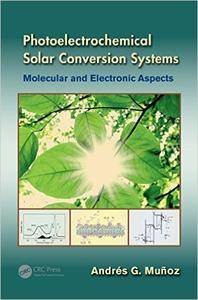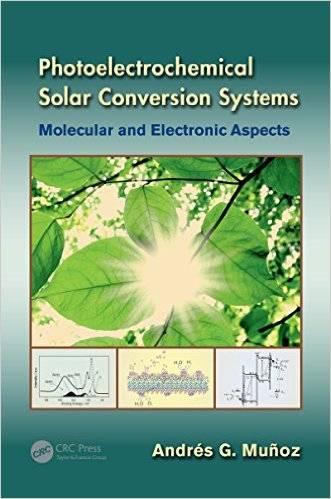Andrés G. Muñoz, "Photoelectrochemical Solar Conversion Systems: Molecular and Electronic Aspects"
English | 2012 | ISBN: 1439869251 | PDF | pages: 353 | 26.8 mb
English | 2012 | ISBN: 1439869251 | PDF | pages: 353 | 26.8 mb
Providing new insights into the molecular and electronic processes involved in the conversion of sunlight into chemical products, Photoelectrochemical Solar Conversion Systems: Molecular and Electronic Aspects begins with an historical overview and a survey of recent developments in the electrochemistry of semiconductors and spectroscopic techniques. It then provides a comprehensive introduction to the science of conversion cells, reviews current issues and potential directions, and covers a wide range of materials from organic to inorganic cells.
Employing a tutorial organization with balanced coverage of electrochemistry and solar energy conversion, this book covers:
- The conversion of sunlight into chemical energy and different actual conversion concepts
- Electrochemical methods for the construction and characterization of electrolyte-metal-oxide-semiconductor contacts (EMOS) in the nanodimensions, the so-called nano-emitter concept, including the electrochemical formation of metal clusters of catalytic metals and the formation of passivating layers by anodization
- The fundamentals of electrocatalysis with emphasis on the hydrogen evolution reaction and the electrochemical CO2 reduction
- Classical and quantum mechanical theories of electron transfer reactions in metal-electrolyte interfaces and their relation with surface electronics
- The physicochemical characterization of the model system Si-SiOx-metal-electrolyte by means of modern electrochemical, surface, and spectroscopic methods
- Improvements of conversion efficiency by means of optical effects, for example, the generation of surface plasmons by nano-dimensioned arrangements of optically active metals



